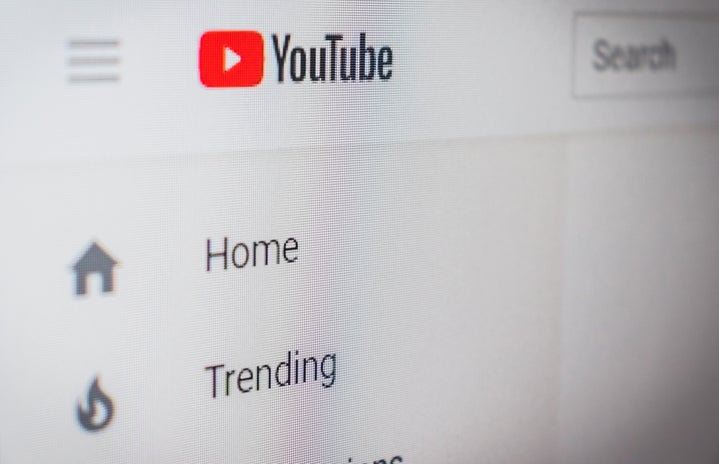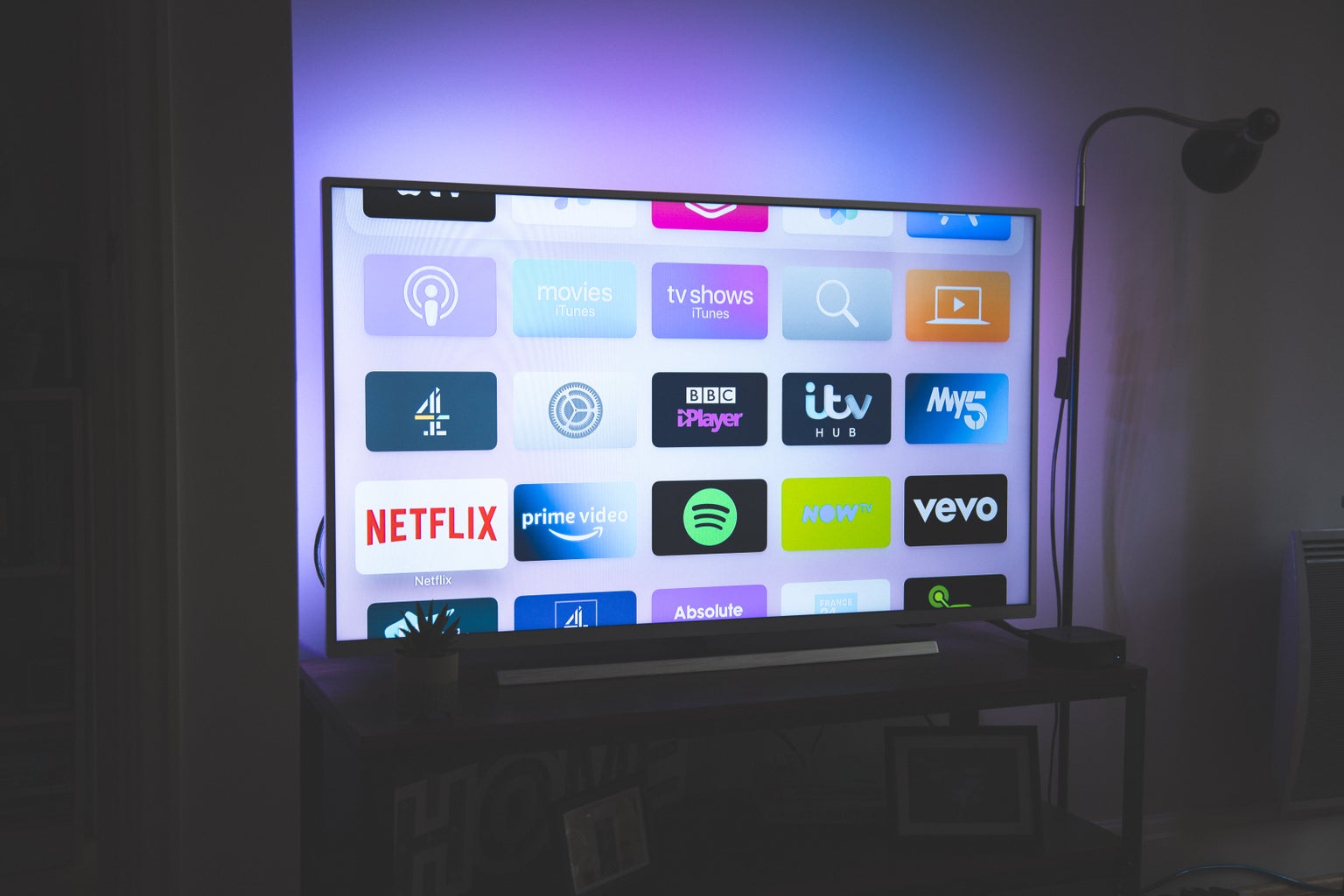Truth of terror
How many true crime documentaries or docuseries have you binge-watched or found yourself trying to solve on Netflix, Hulu, a podcast, or even in twelve parts on TikTok? I have noticed the genre of true crime is popularizing rapidly in our generation, perhaps more than in generations before us. I think this is happening because of our inherent fascination with wanting to know the dark sides of humans, increased accessibility, media consumption, and COVID-19.
The saying about curiosity and the cat is real, sort of. Naturally, as a human, when we hear a compelling, suspenseful story, we are urged to know more. Having the ability to hear these real-life narratives from the comfort of our homes motivates us even more to unfold these mysteries, even if it takes us three weeks, seven Google searches, and three documentaries later. The twists and turns keep you looking for more answers to gain insight into a victim’s experiences and step into the minds of the criminals who commit the acts. Viewers are being drawn in by the contrasting, most of the time violent, behaviors that ignite questions about humanity and morality.
One of the biggest factors, in my opinion, is the number of streaming abilities that are at the fingertips and thumbs. Not only is true crime becoming more popular, but streaming services like Hulu, Netflix, Amazon Prime Video, etc., have the opportunity to expand to a broader audience, giving access to entire diverse, new, and old series, which is one of many factors that lead to binge-watching. On the other hand, because of the number of platforms in the world that open up spaces for cases, stories, and filmmakers that aren’t as popular or known.
In today’s society and the growing advancement of technology, the media has created a notable cultural shift in the amount of time people put into wanting to consume these stories. Who doesn’t love a good story? The lovers of true crime are looking for an immersive blend of real-life, good-telling, investigative narratives. A popular strategy to spread opinions on these cases is for social media content creators to produce narrated versions of their perspectives. In doing this, they capitalize and draw in listeners and with this media influence, comes a driver for attention to high-profile cases and infamous stories engaging the target audience’s interest and fueling the continued production of this content while gaining more traction.
During those long days, isolated in quarantine, due to the spread of COVID-19, everything breathing on the face of Earth was yearning for an absorbing, gripping distraction. Hence, the spread and desire for binge-watching true crime because escapism and entertainment convinced viewers that they were experiencing comfort in those uncertain times. The ability to rewatch a show also leads the audience to believe they’re in control of the environment by putting a lot of time into watching a true crime doc or show instead of being passively informed or persuaded by outside opinions and schedules.
All in all, I am a self-proclaimed true crime watcher connoisseur! It is sometimes helpful to ask myself why I spend most of my leisure time binge-watching these shows and becoming so deeply involved. Simple, true crime is rising because of complex cultural curiosity, media influence and change, and societal factors like quarantine. Recognizing all aspects of why binge-watching true crime, specifically, is a frequent activity in our lives can remind viewers to reflect on how they engage and consume this genre and its impacts on our perception of humanity, safety, and morality.



